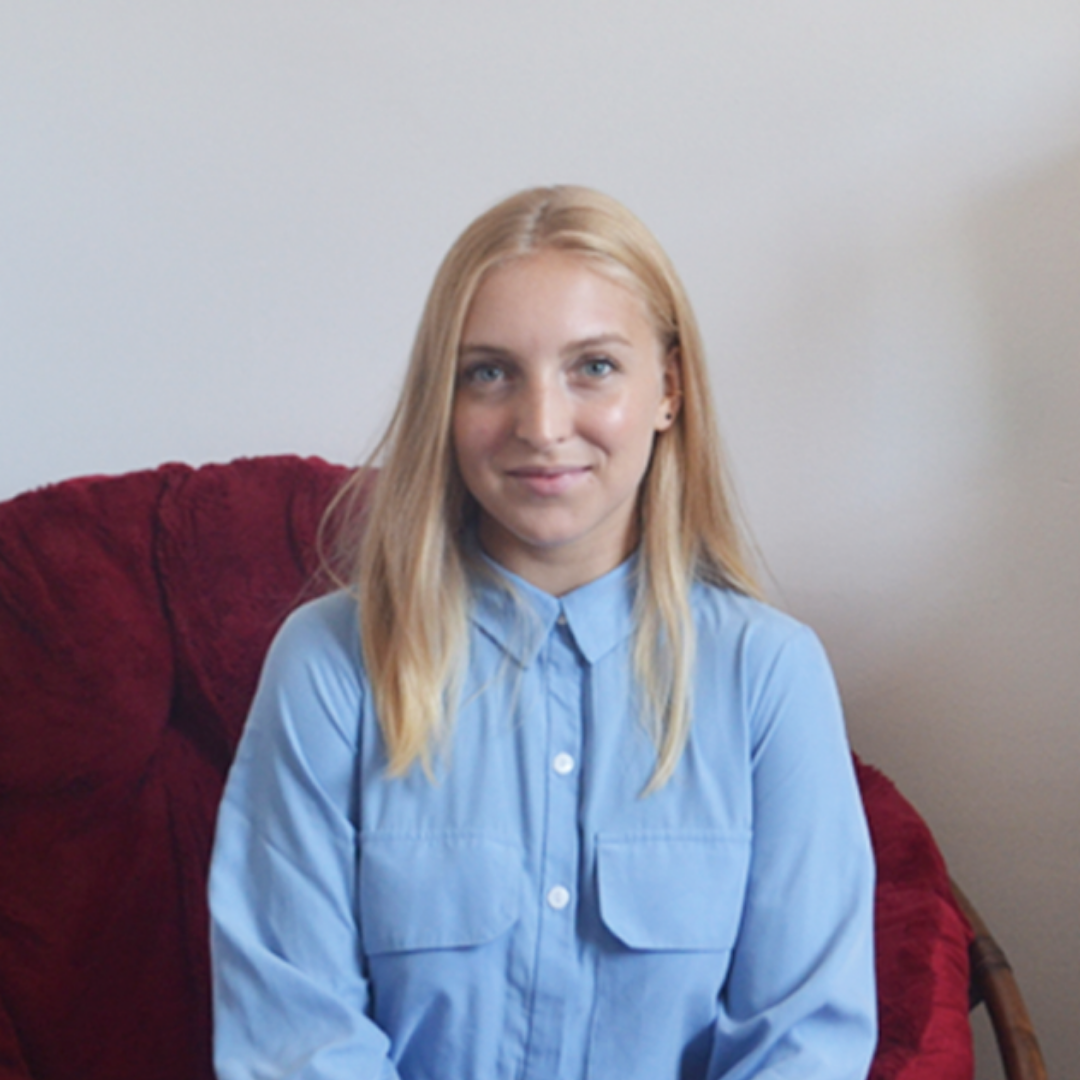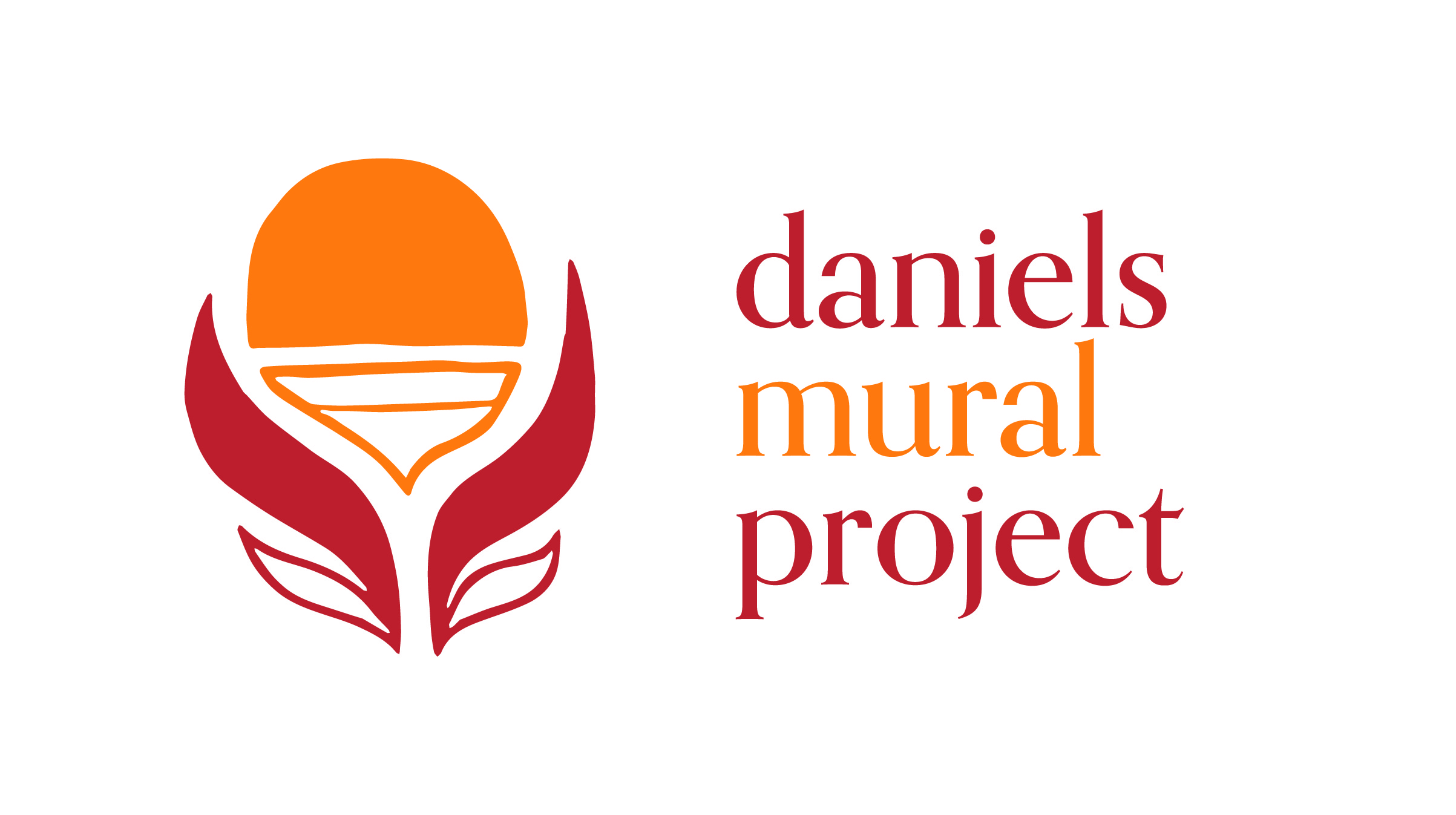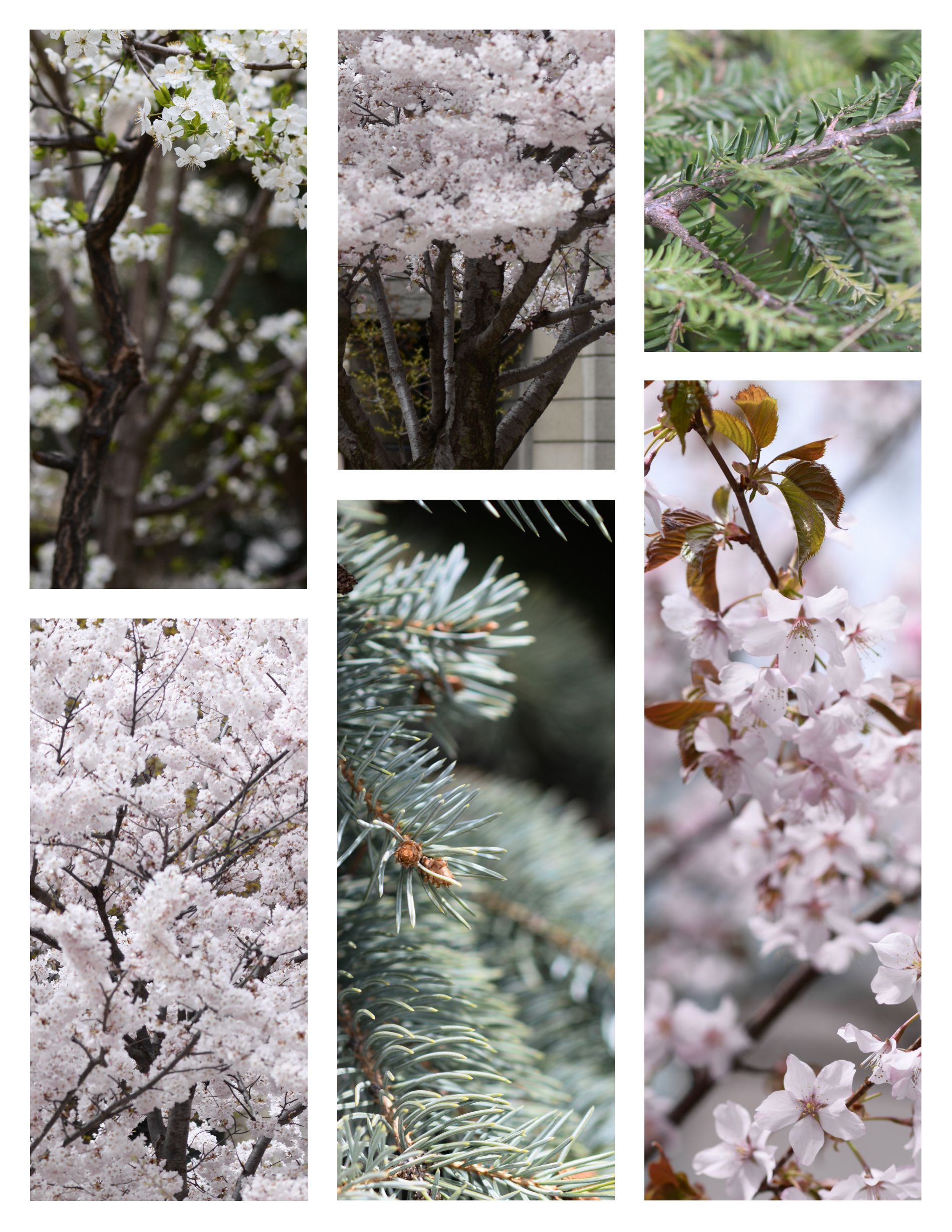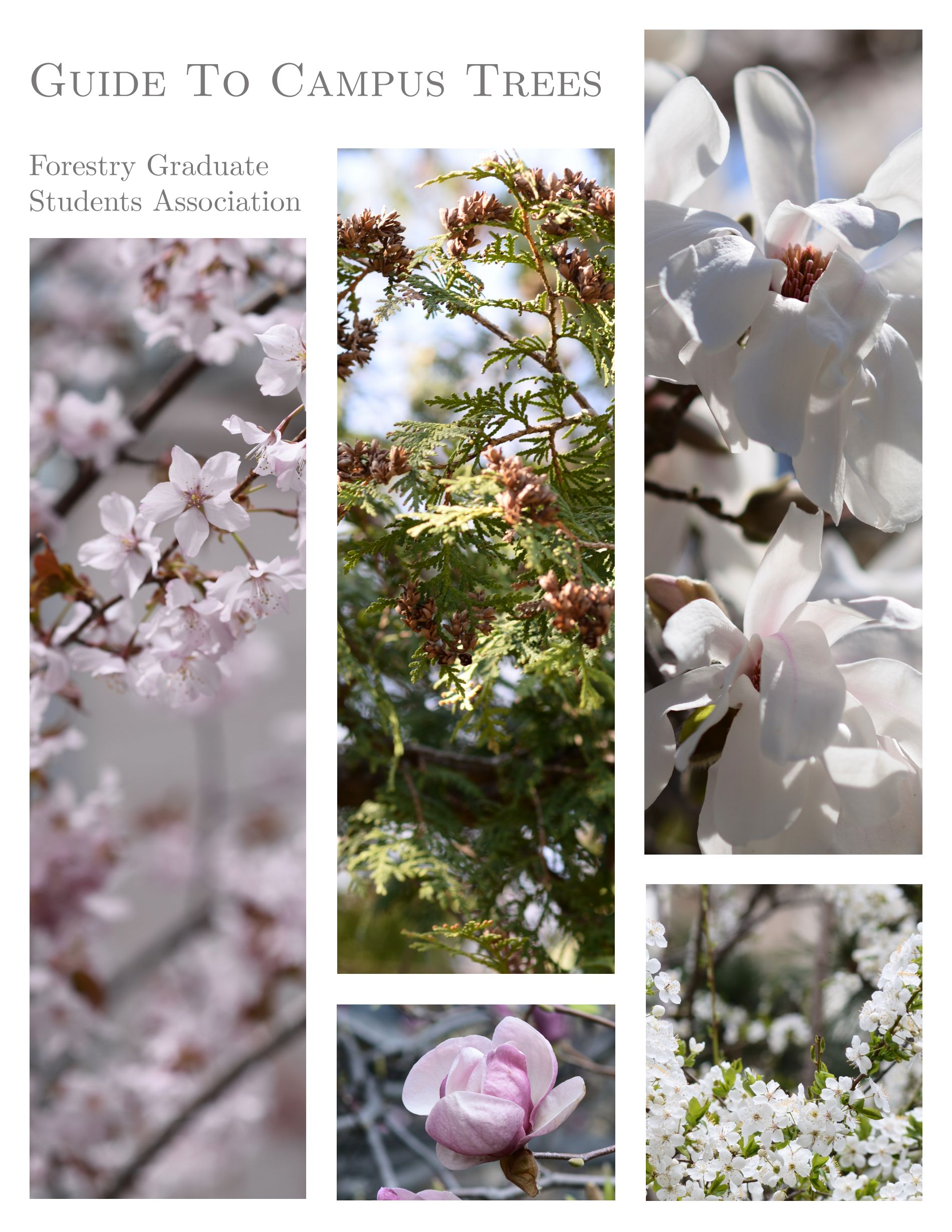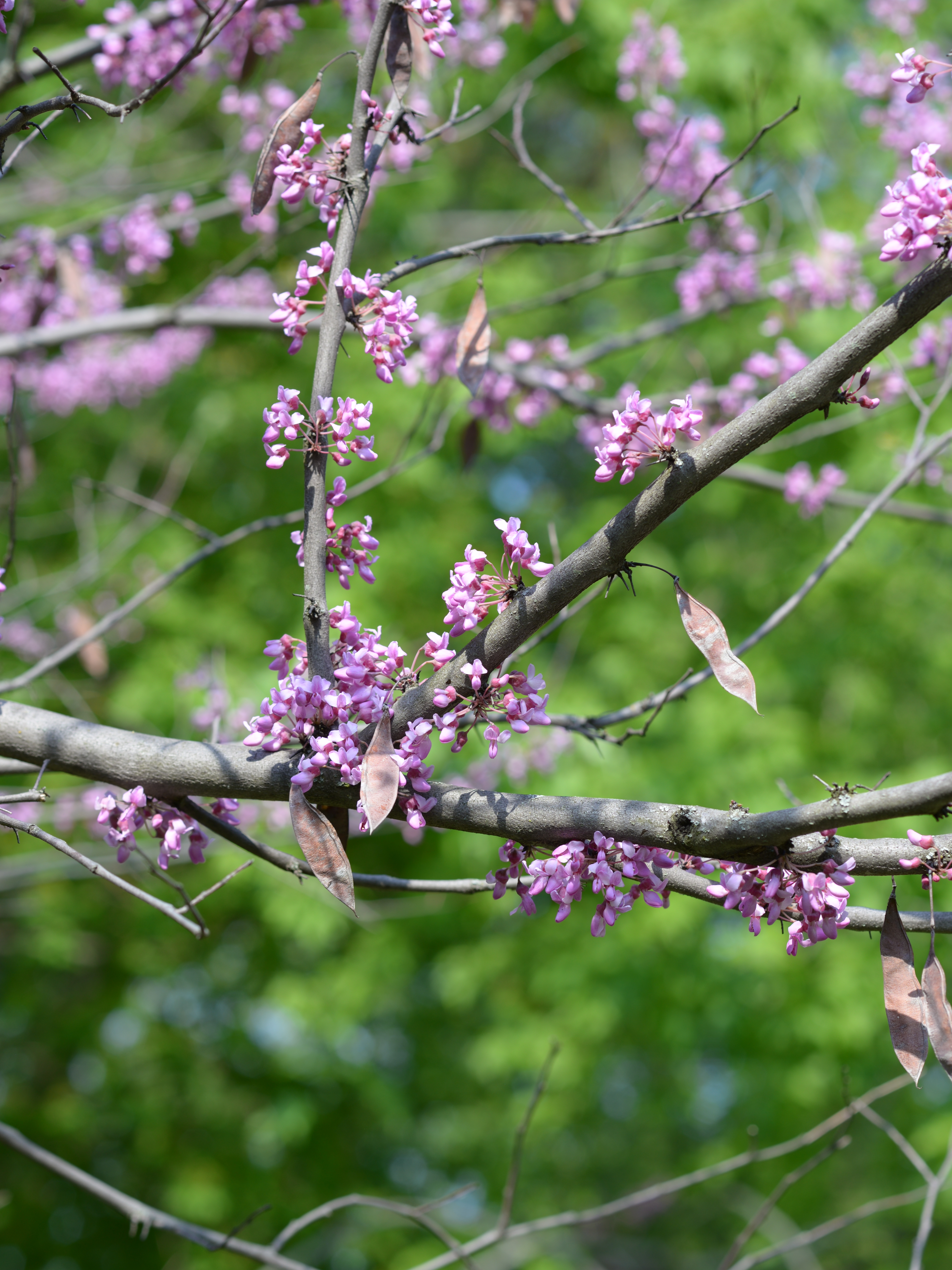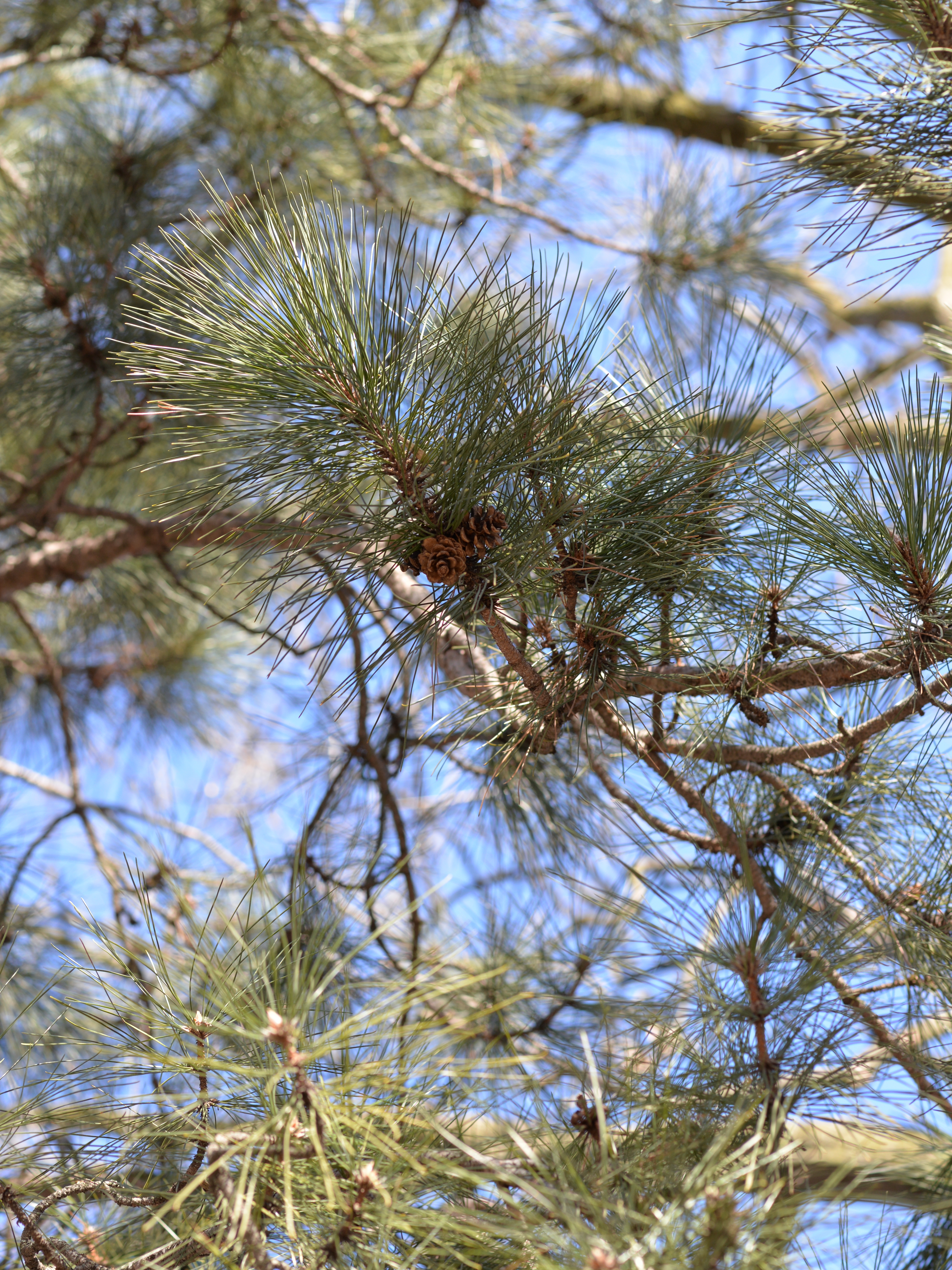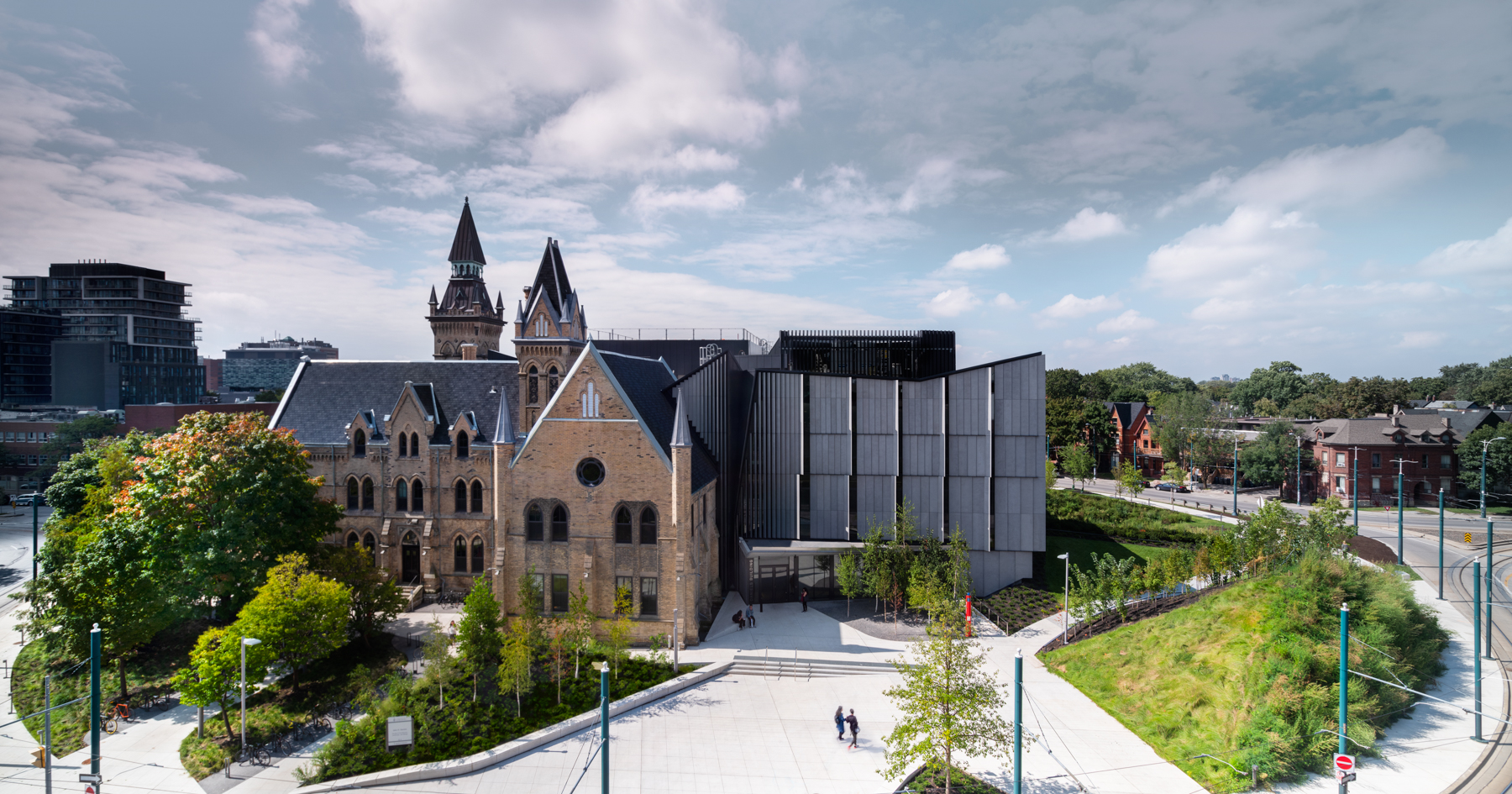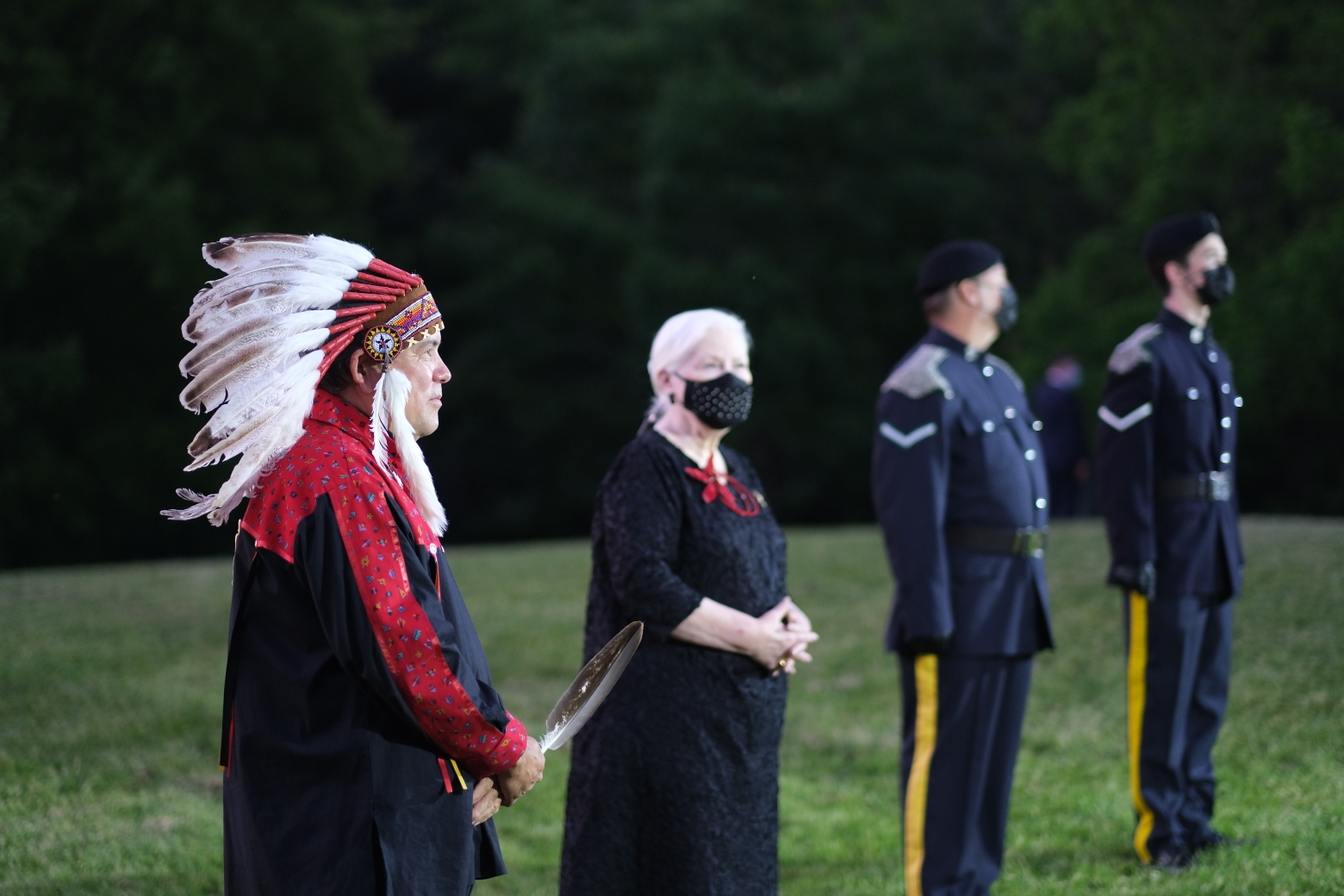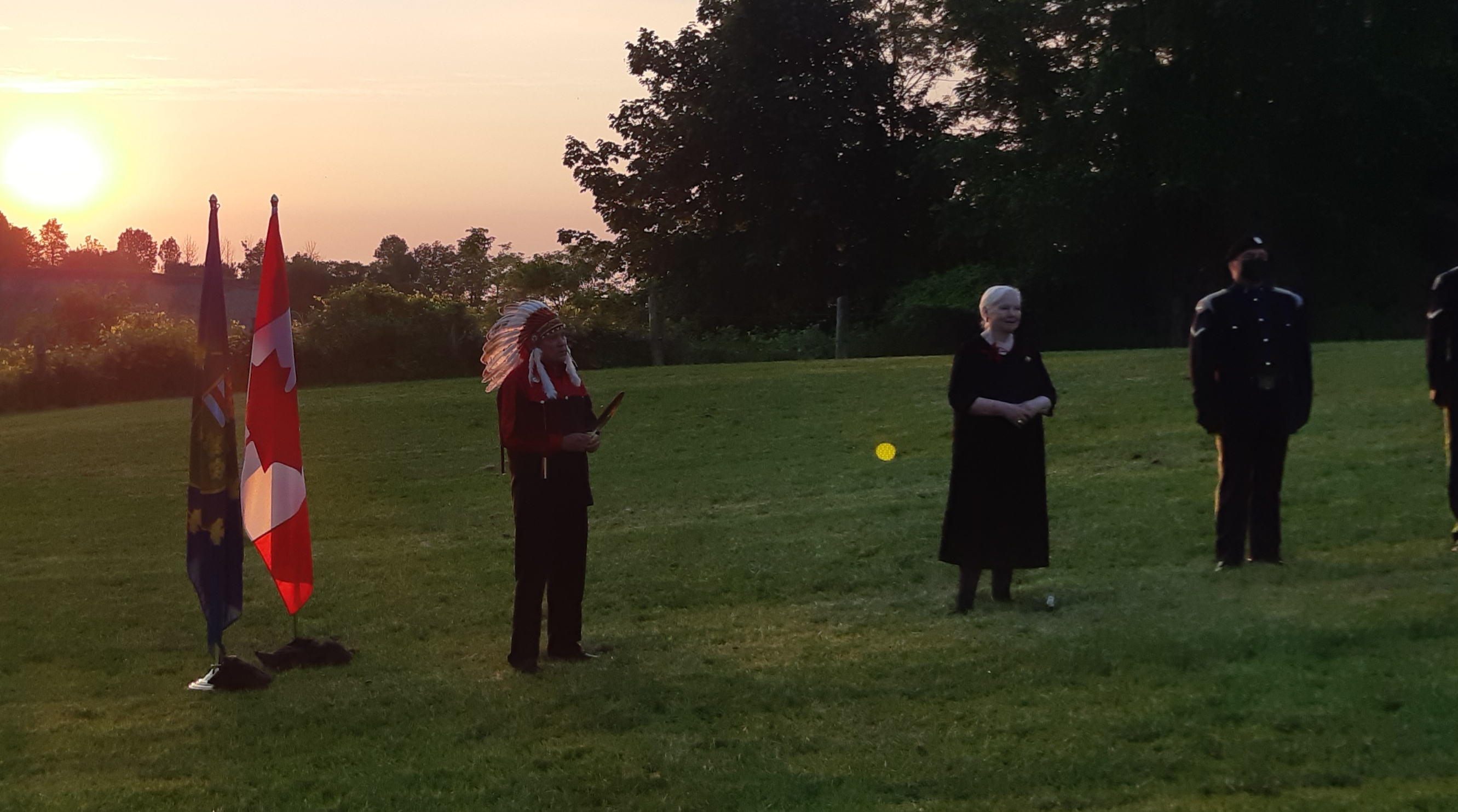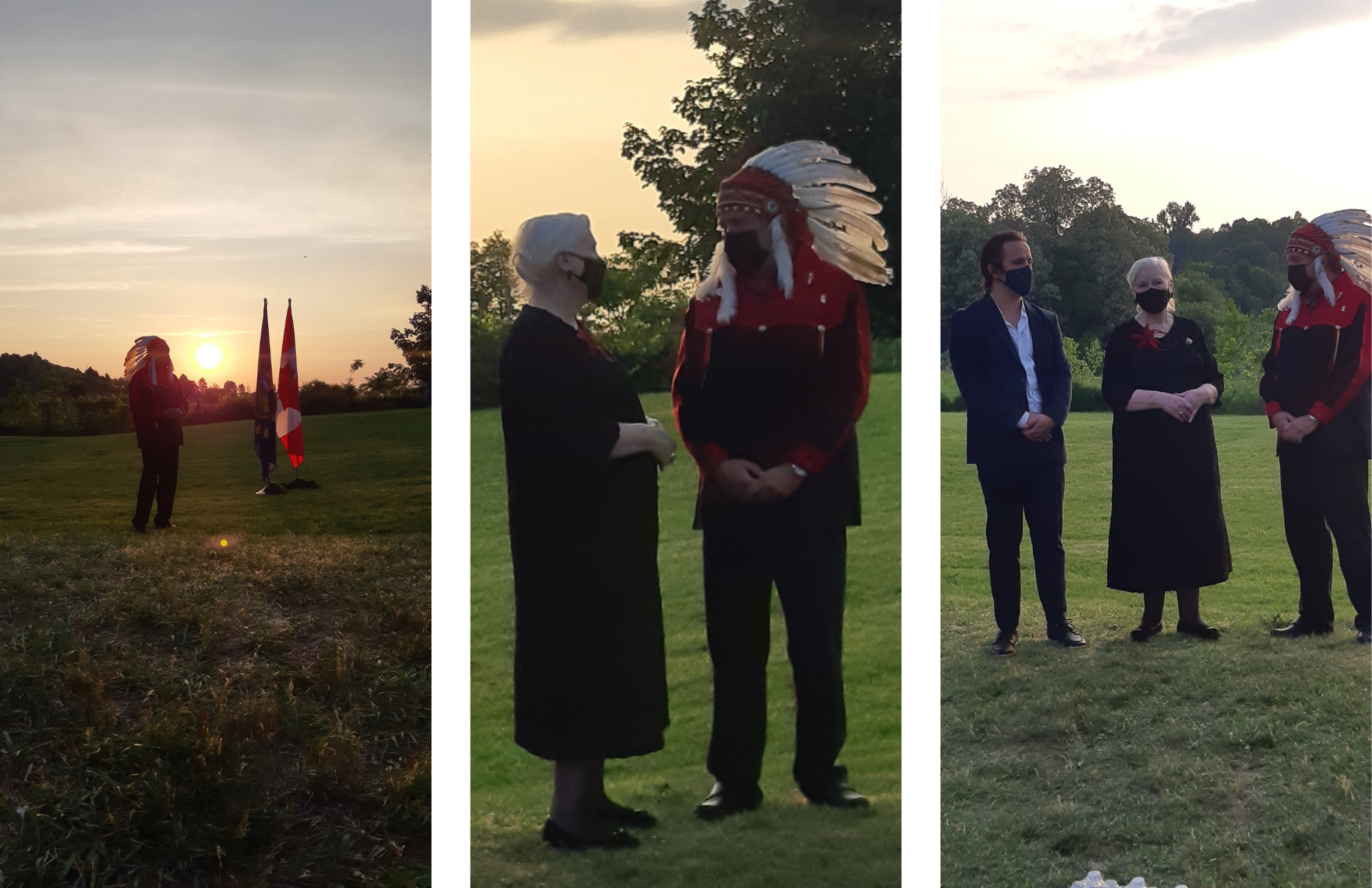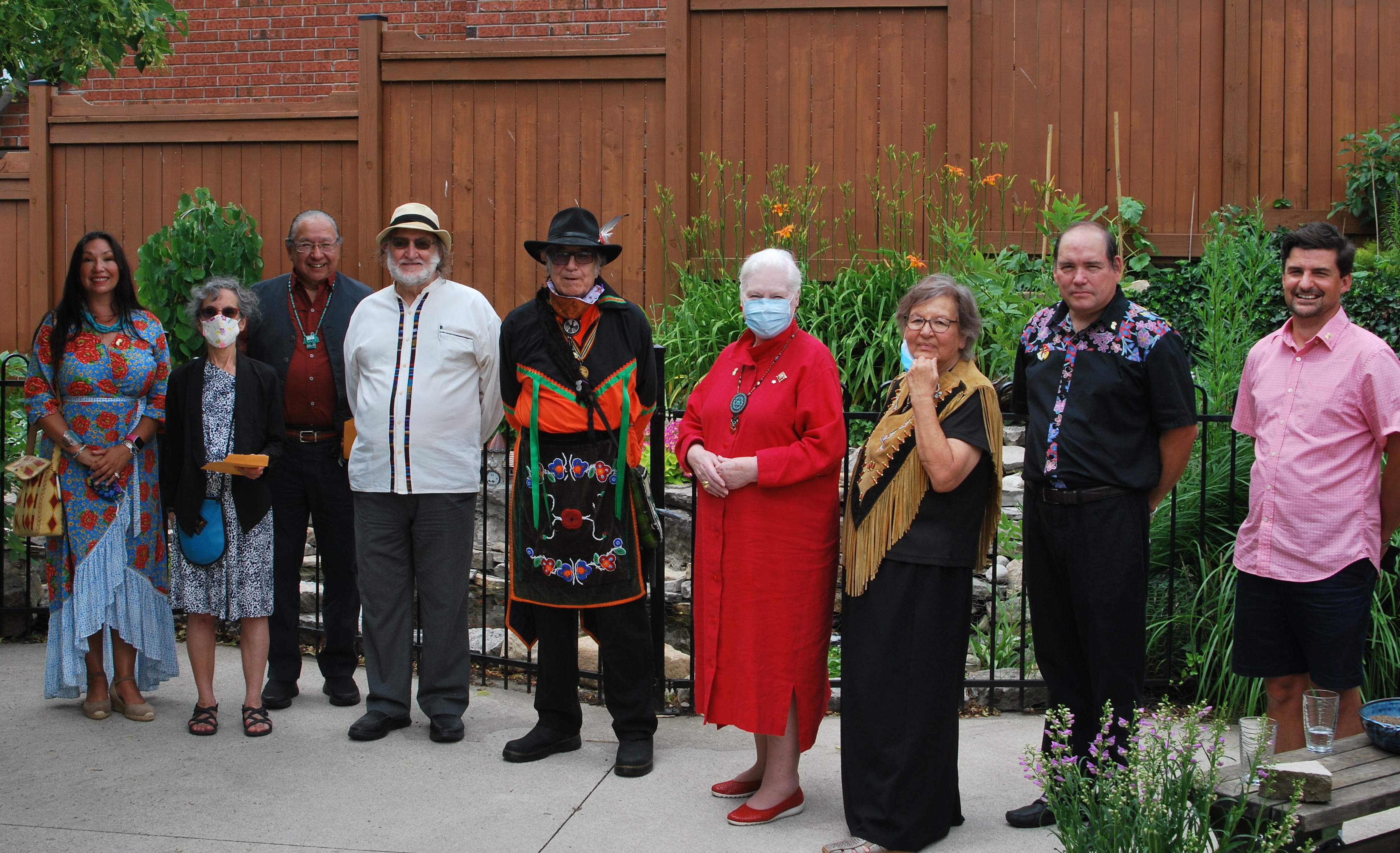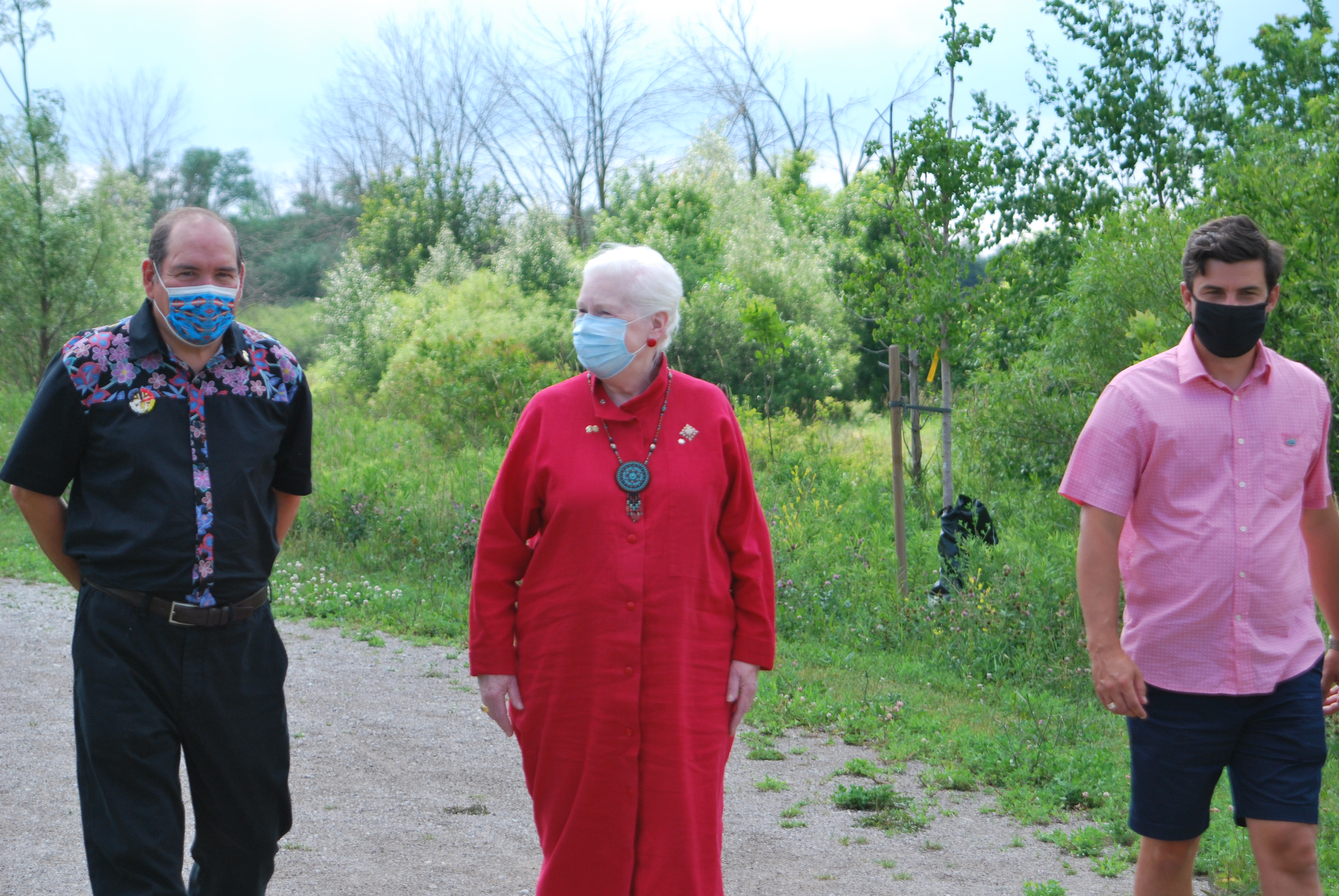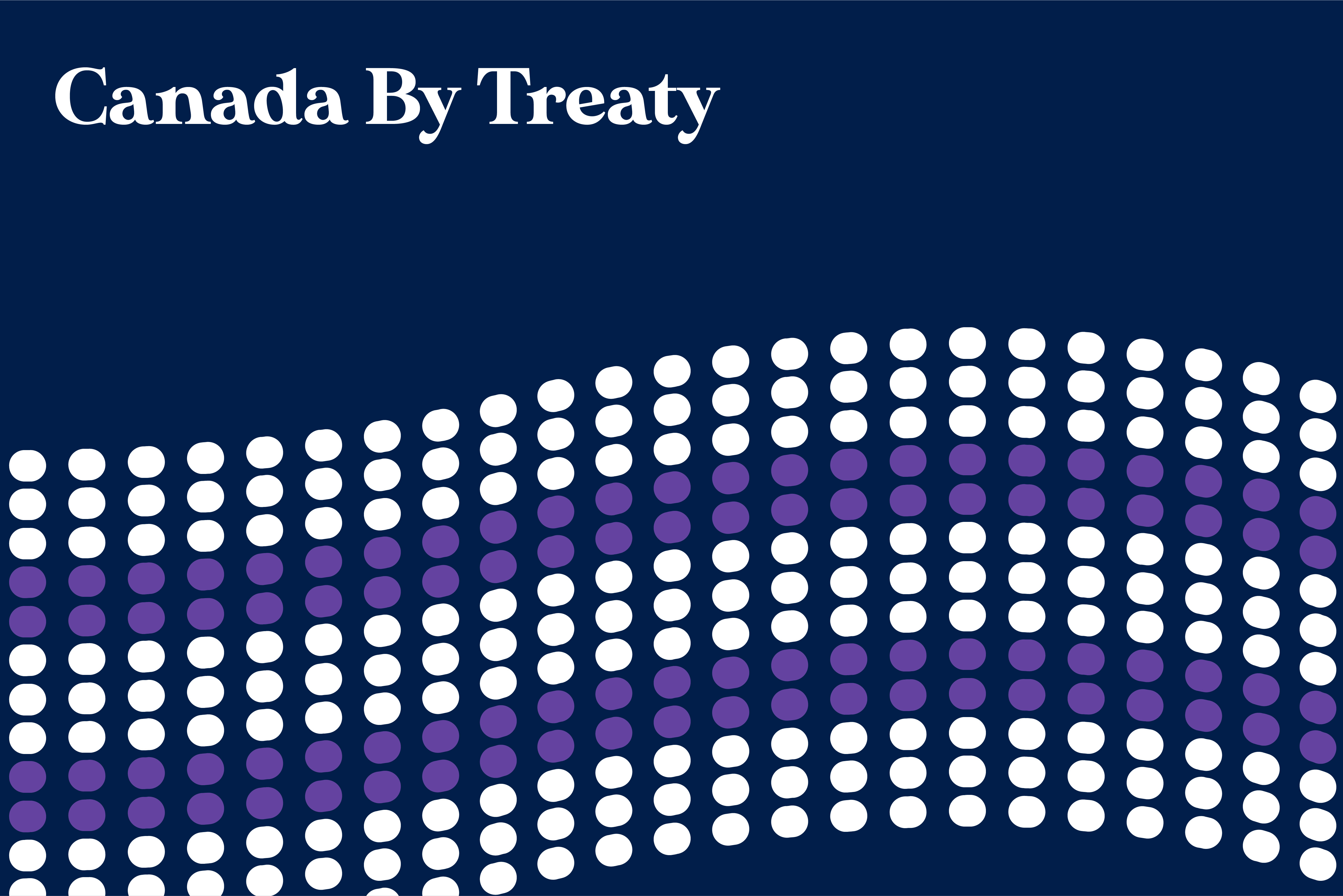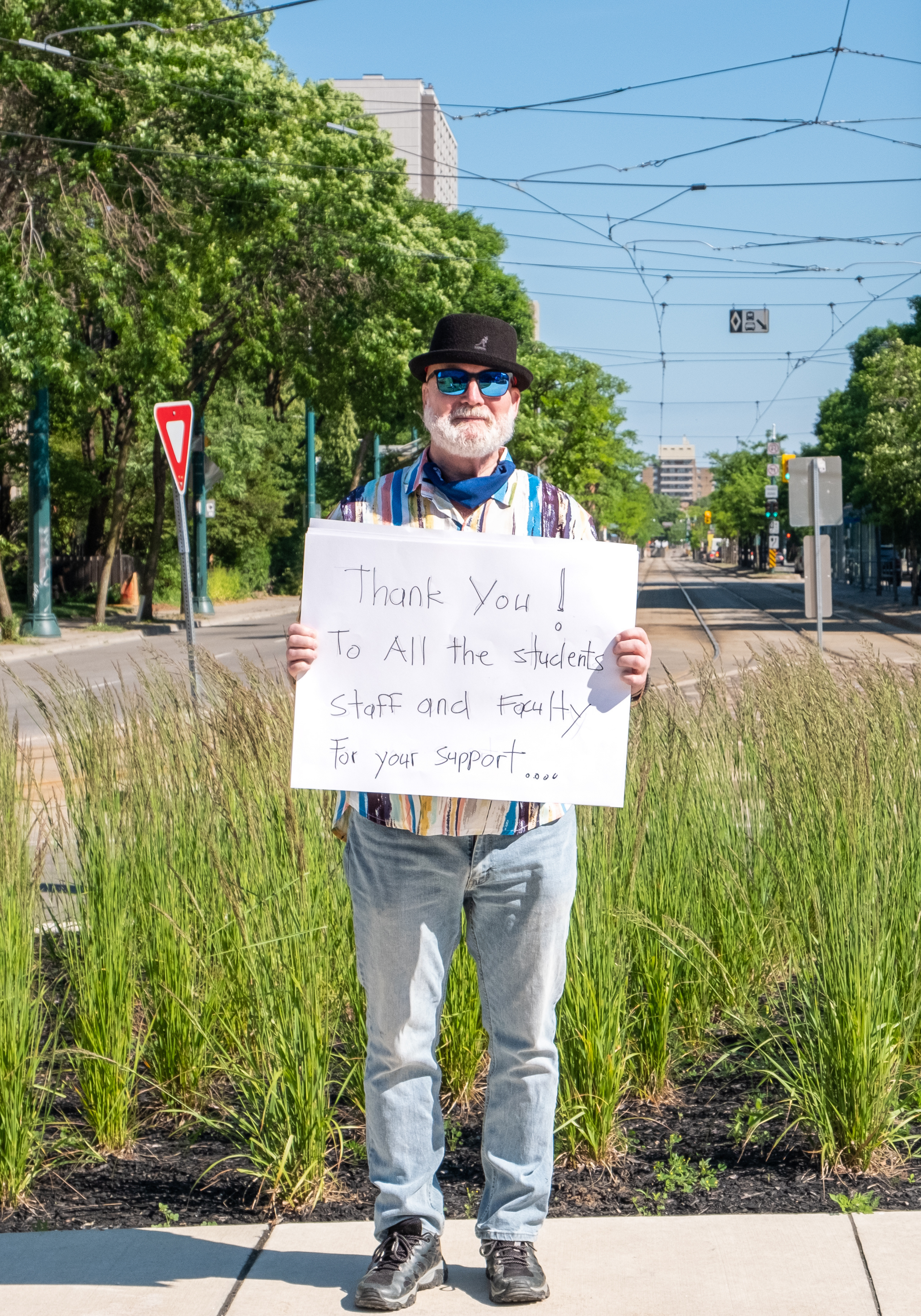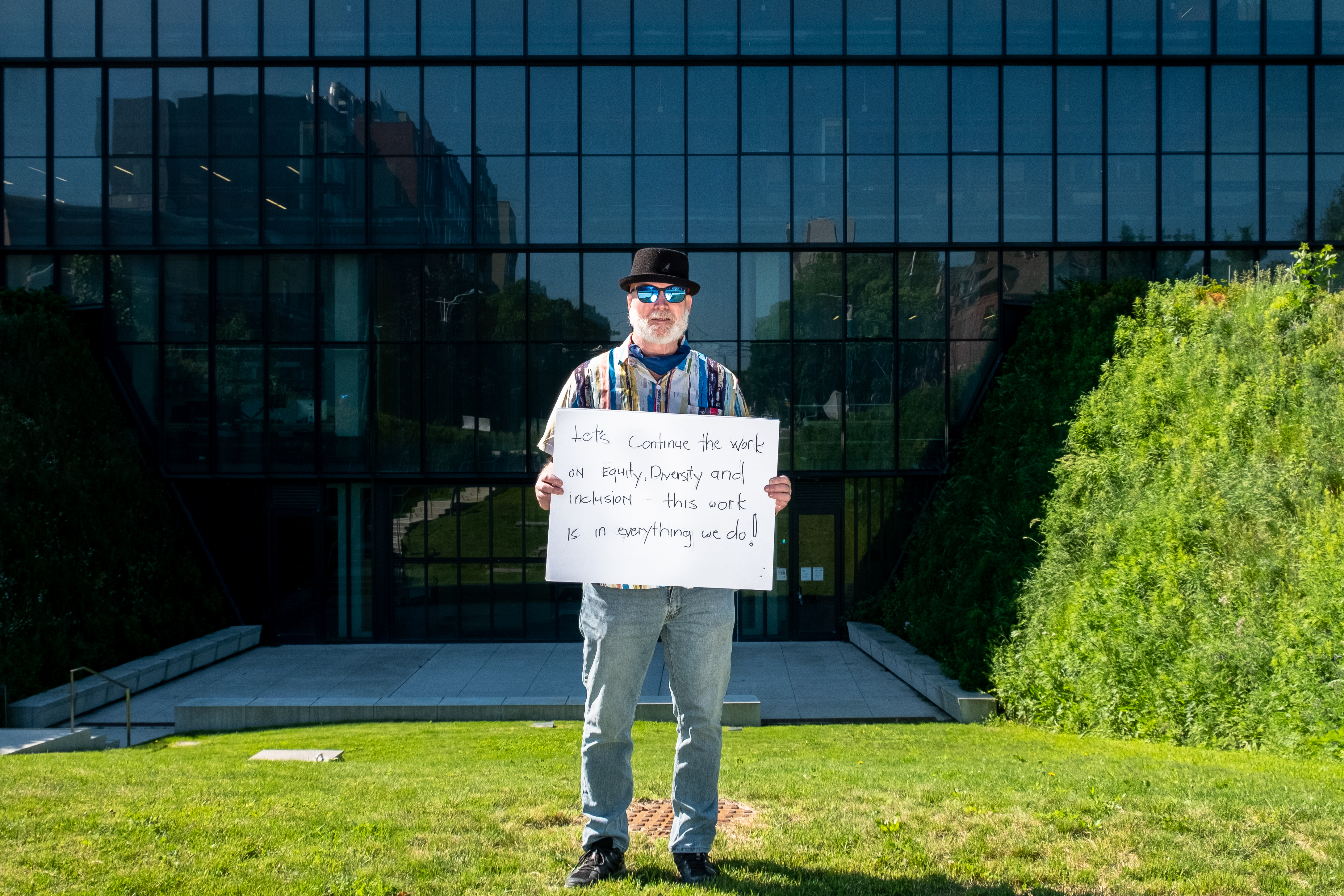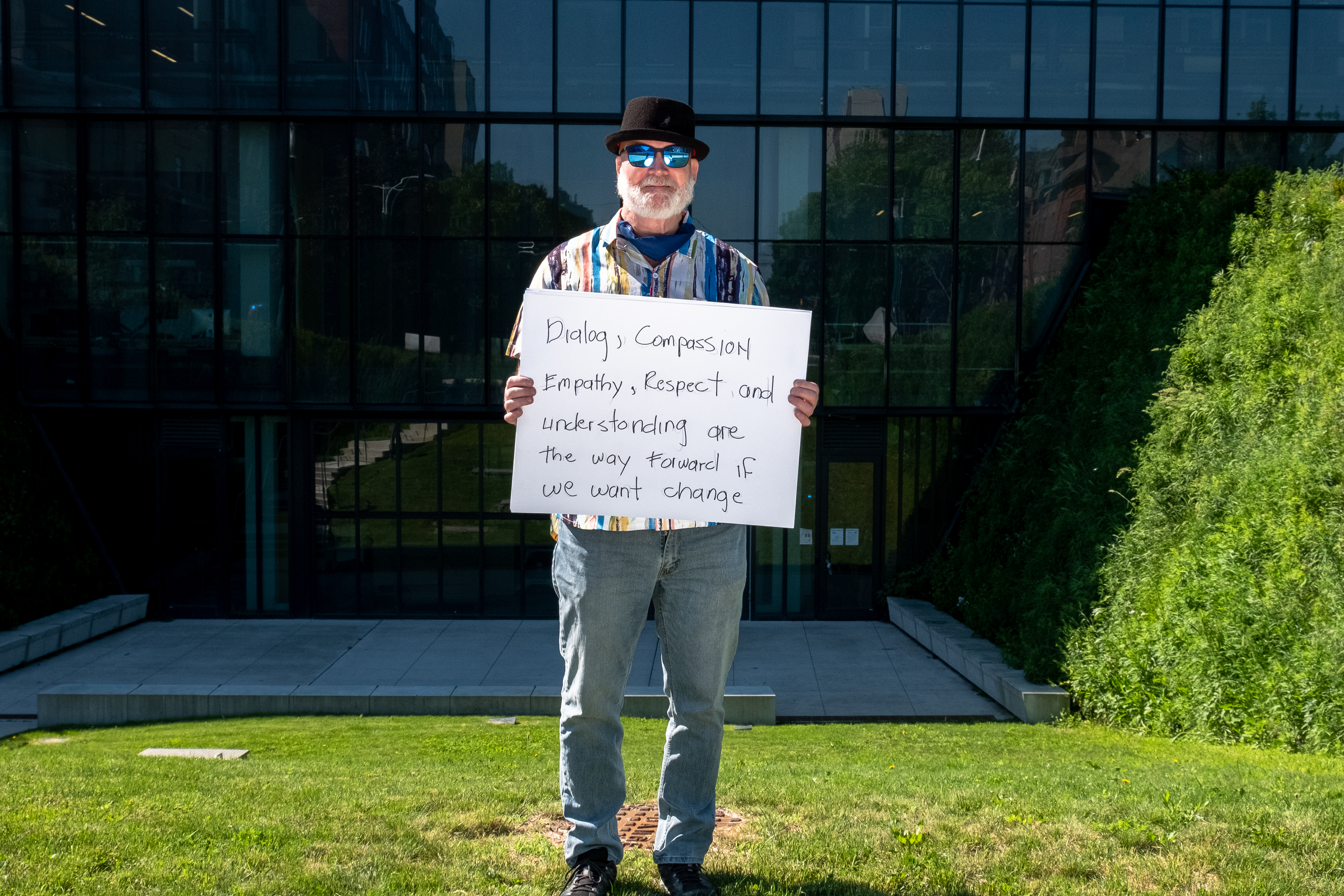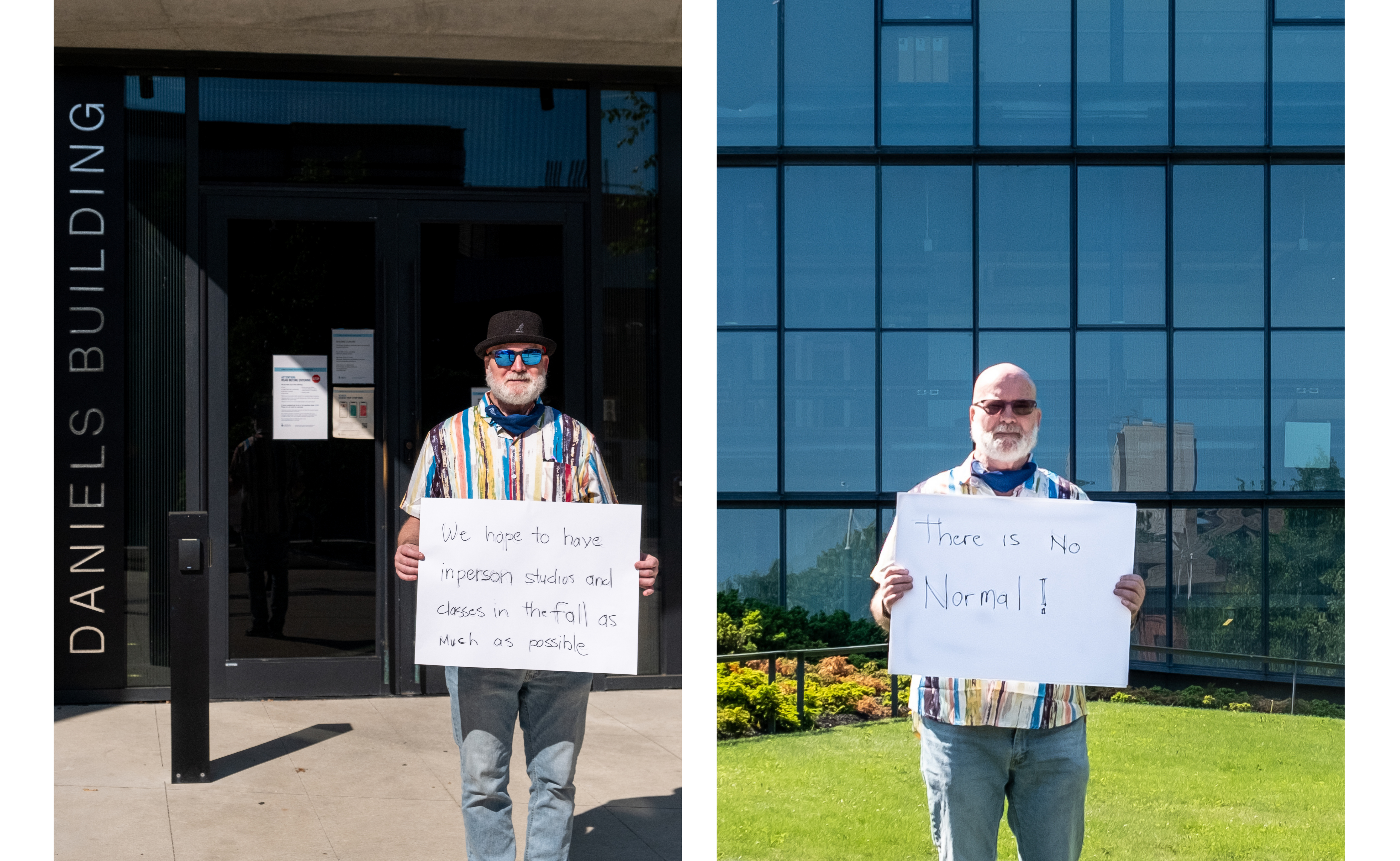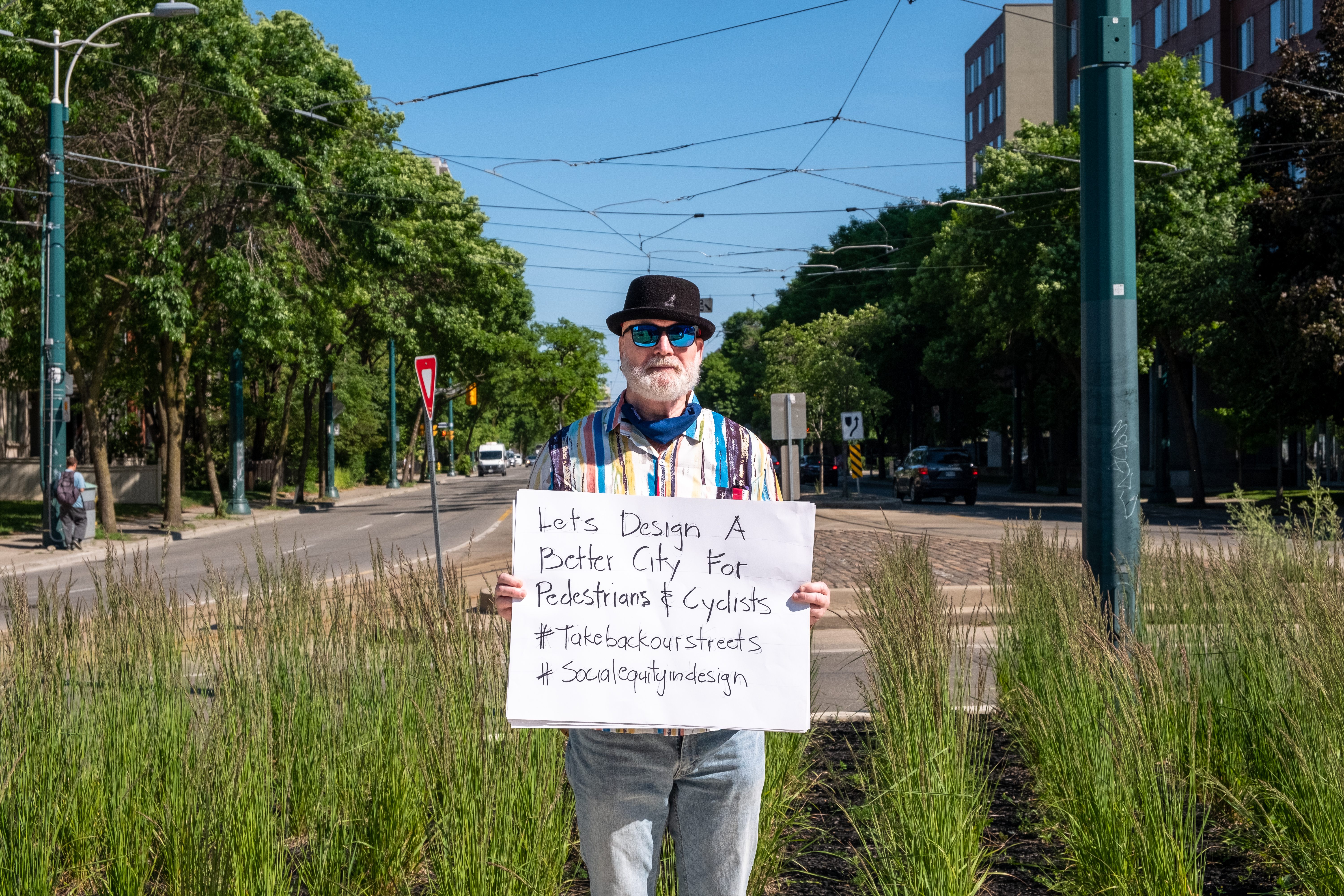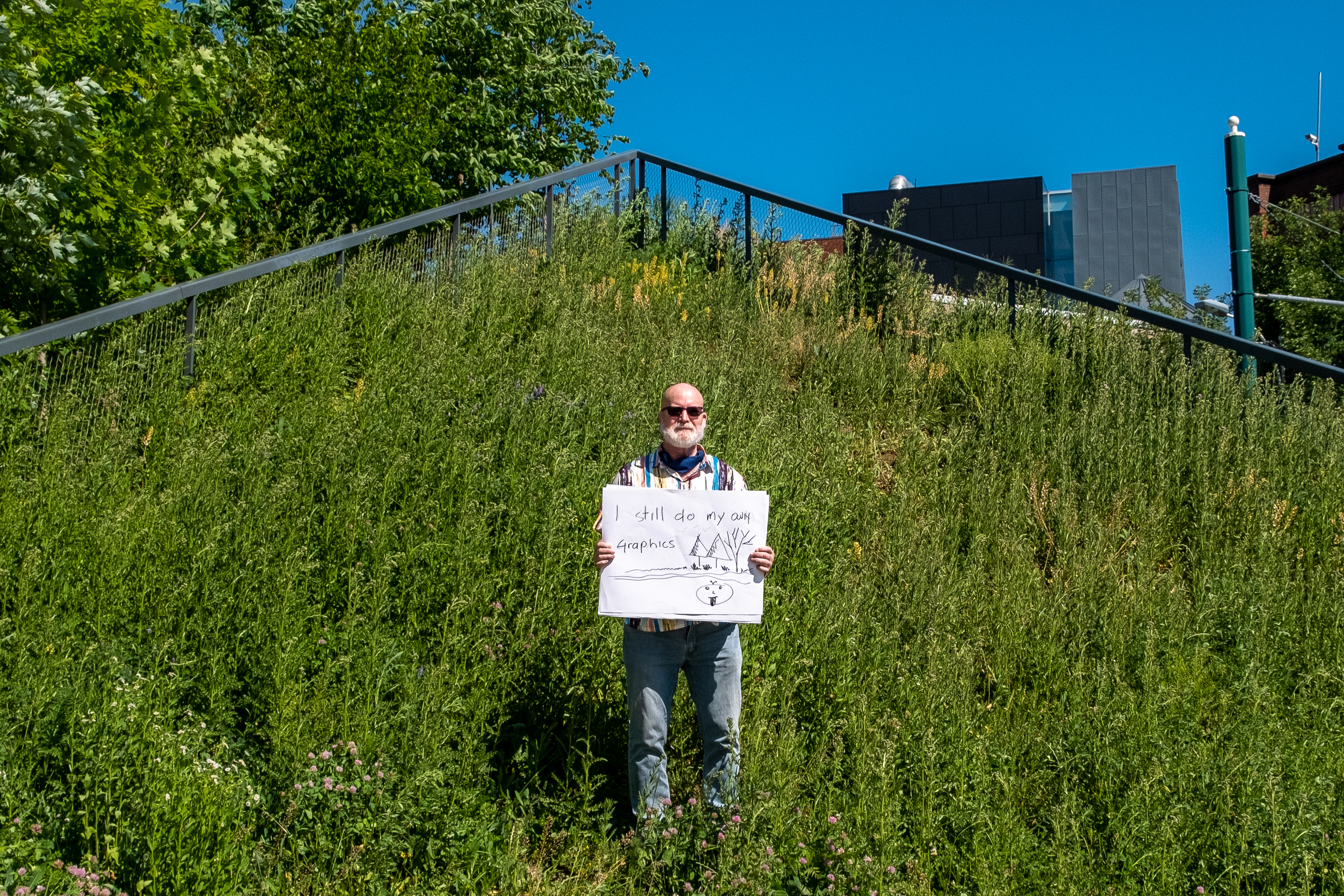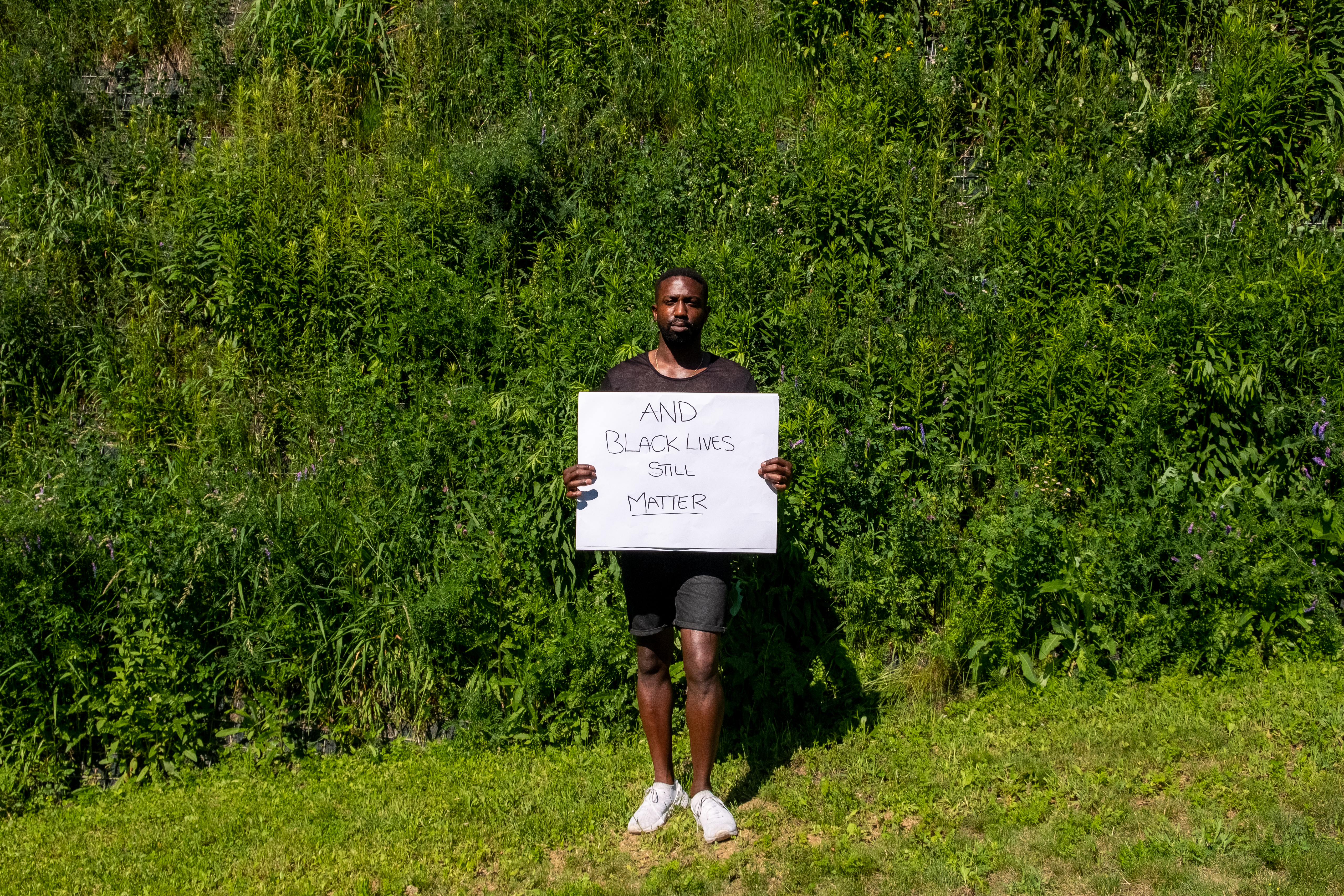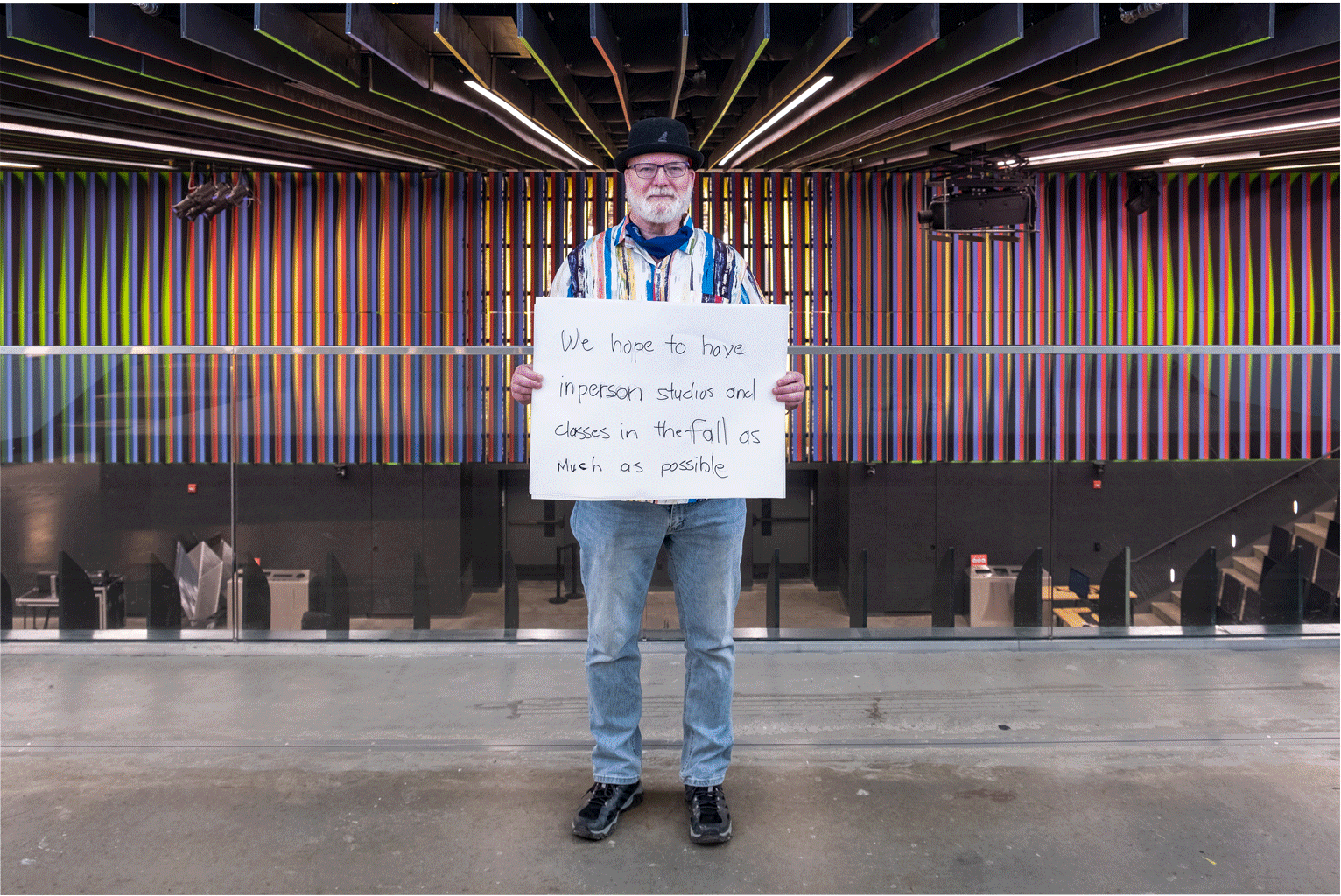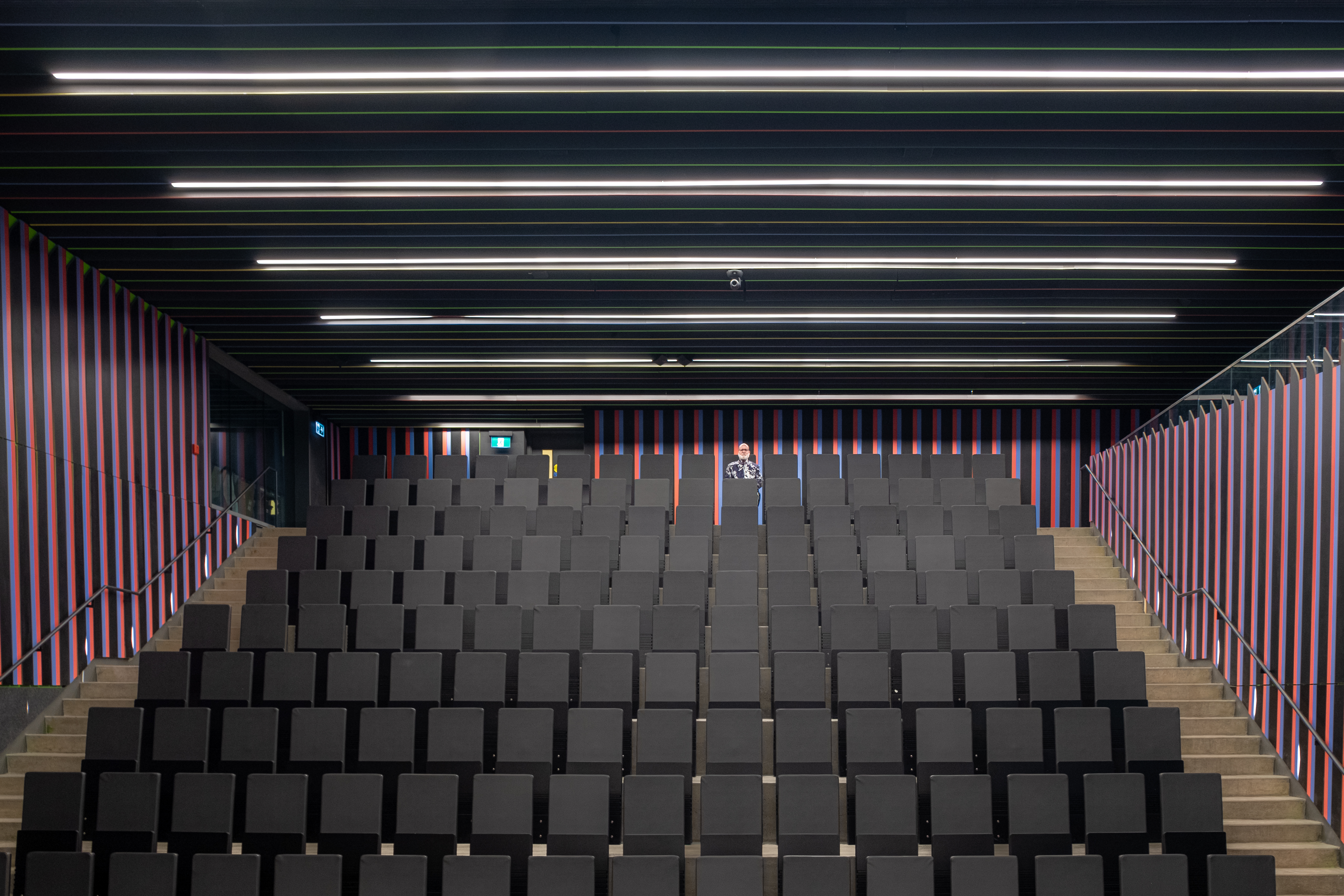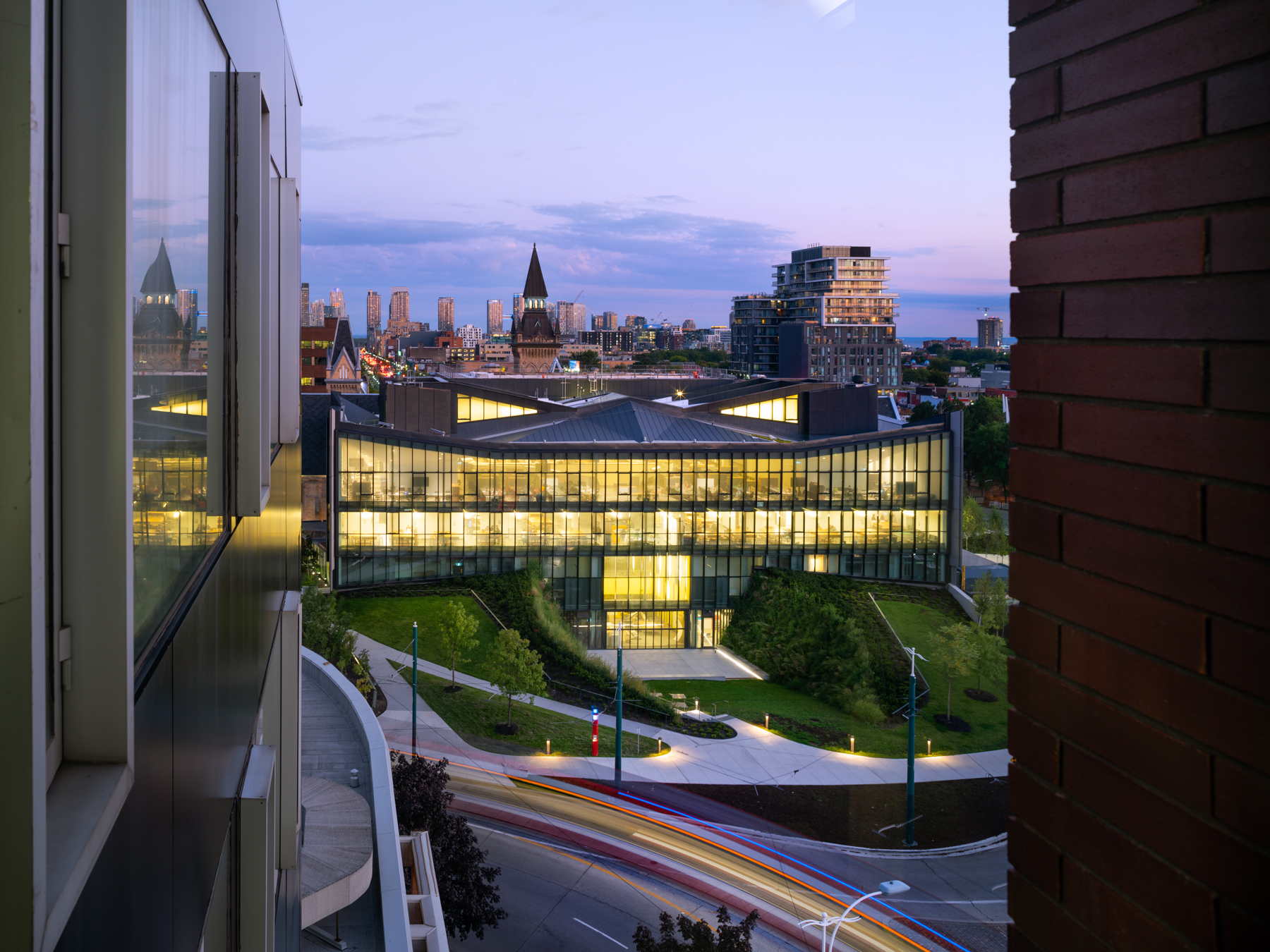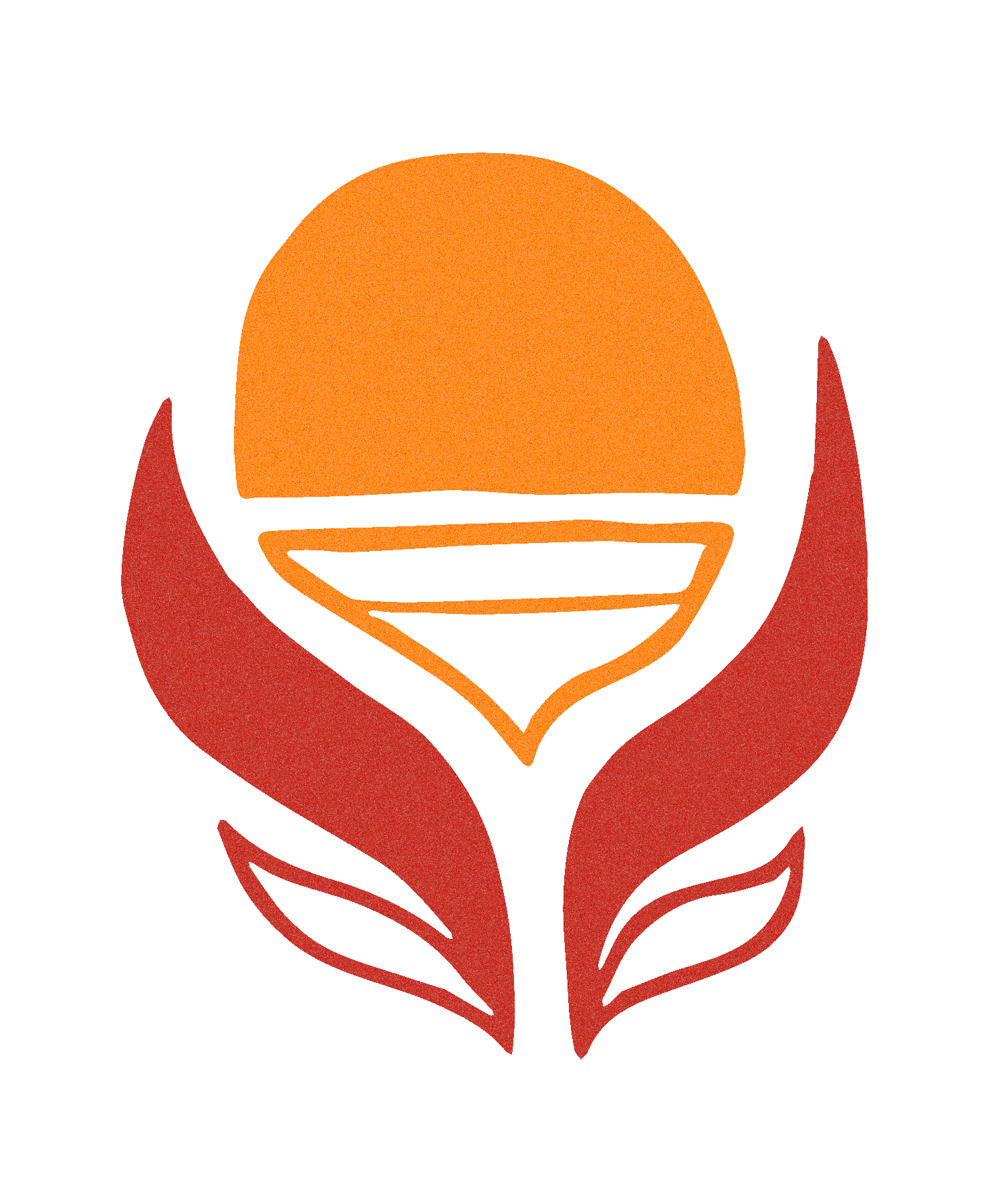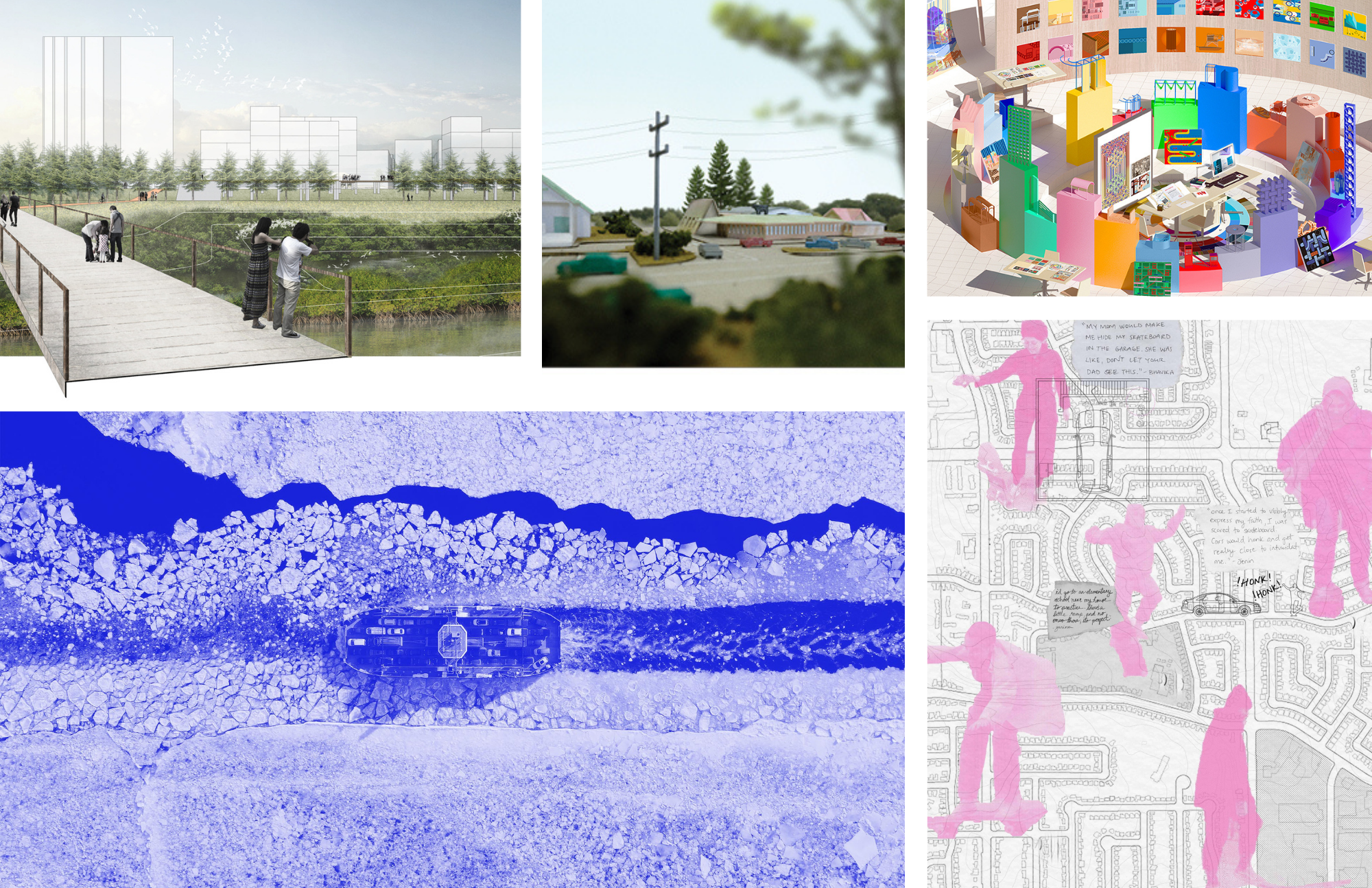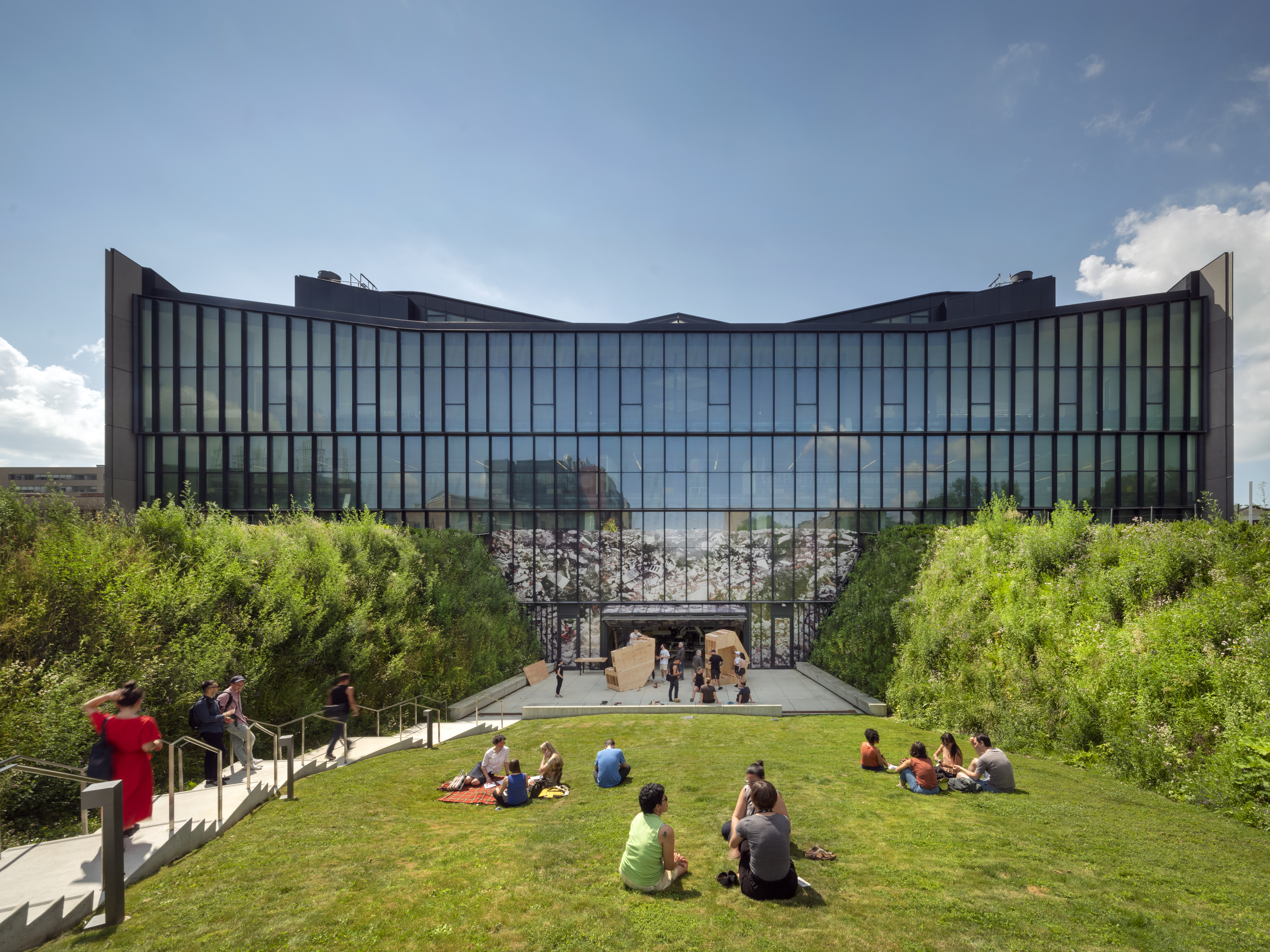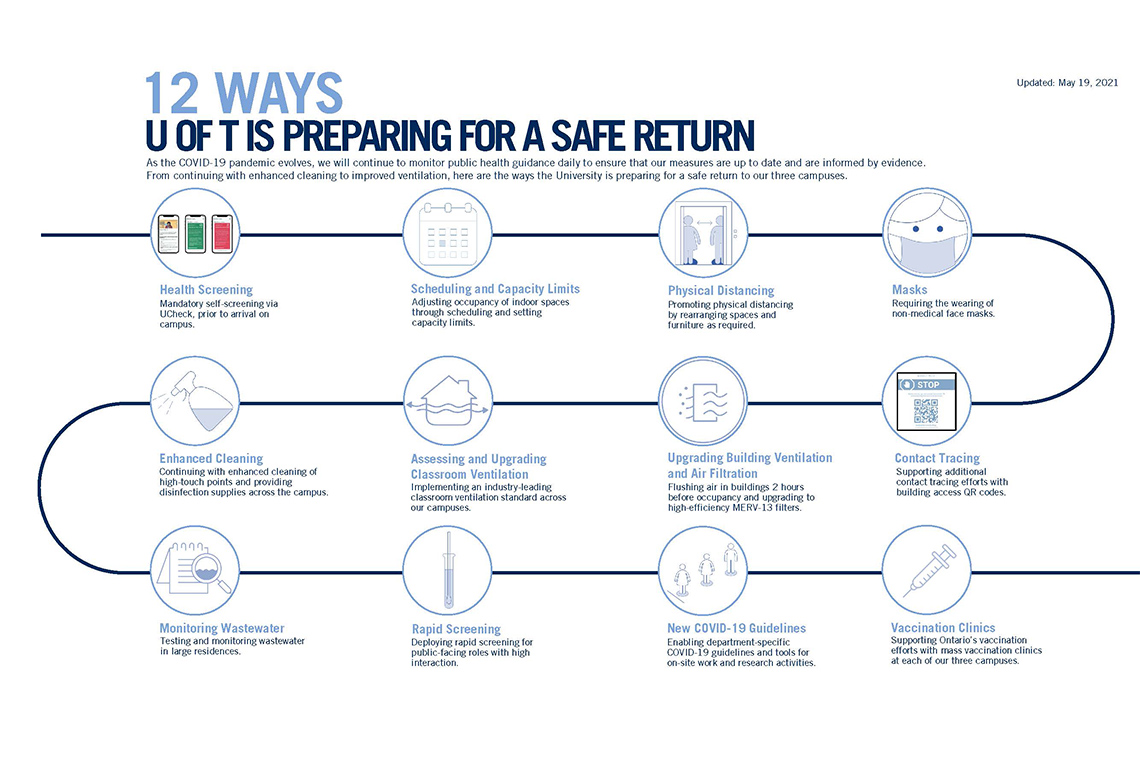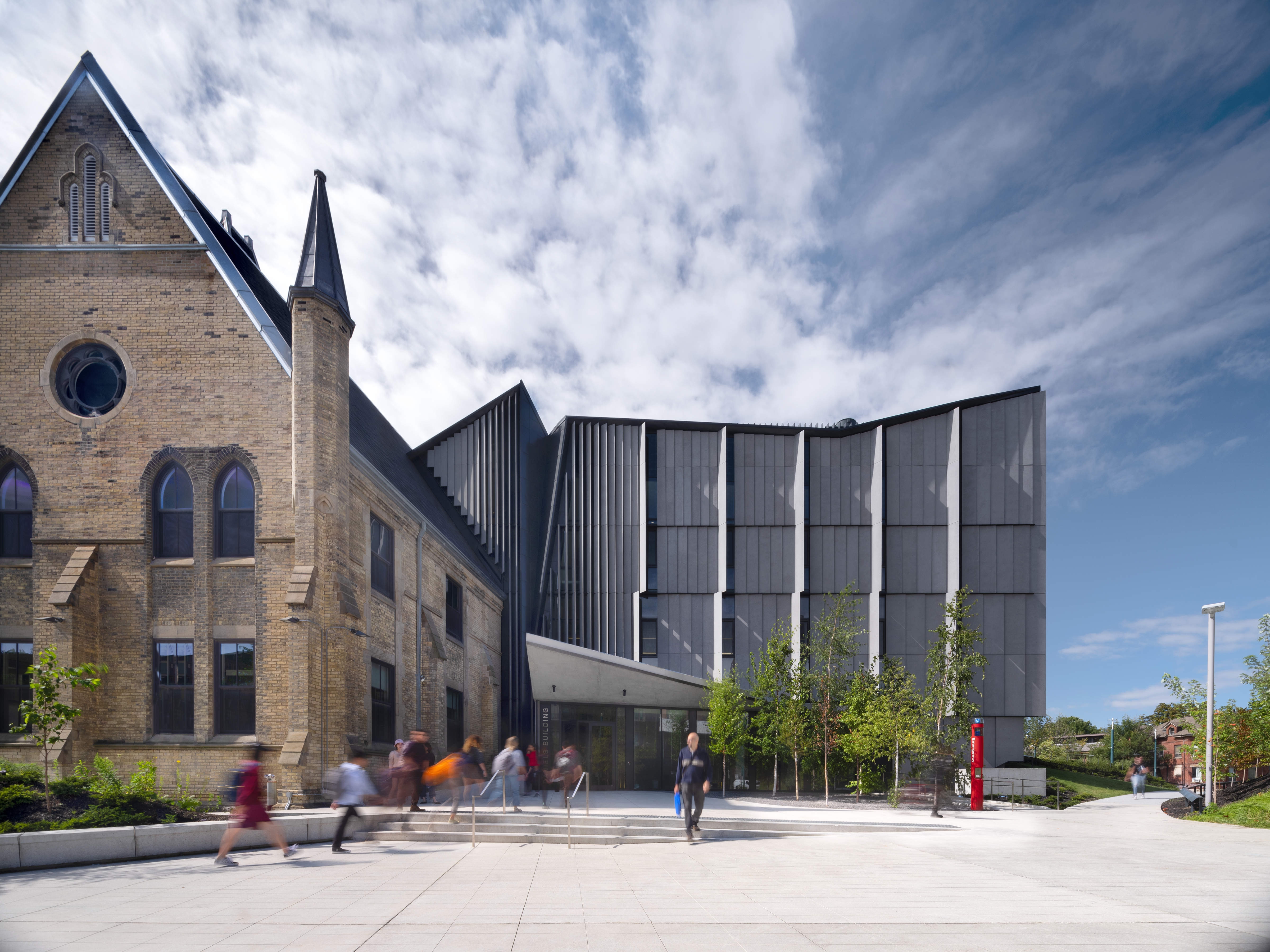
28.07.21 - Fall 2021 @ Daniels
At the Daniels Faculty and across U of T, we’re continuing to prepare for in-person learning and increased on-campus activities this fall. As we’ve shared throughout the summer, students, faculty, and staff should plan to return to campus this September.
What will fall 2021 look like at the Daniels Faculty?
Recent news from Ontario’s Ministry of Colleges and Universities indicates that if vaccination rates and public health indicators continue improving, universities will be permitted to resume in-person instruction without physical distancing or capacity limits on gatherings. Masks in indoor settings will still be required.
Fall term lecture and studio courses at the Daniels Faculty are scheduled to begin in-person on Thursday, September 9, with some in-person field courses beginning in August. If you have a question about your date of arrival, please contact registrar@daniels.utoronto.ca.
Faculty, librarians, and staff should be in conversation with their supervisor to confirm plans for fall 2021. Please reference UTogether’s Resources for faculty, librarians, and staff for answers to FAQs.
What if I am not able to be on campus by the first day of classes?
For undergraduate and graduate students who will not be able to be in Toronto on the first day of classes due to extenuating circumstances: the Office of the Registrar and Student Services will evaluate applications for virtual learning for a two-week period (September 9-23).
Each application will be evaluated on a case-by-case basis. Incoming and current students will receive more information from the Office of the Registrar and Student Services by mid-August.
Students seeking an accommodation due to a disability should contact Accessibility Services as soon as possible to discuss their individual situations: accessibility.services@utoronto.ca.
How is U of T preparing for a safe return to campus?
U of T is closely monitoring the Government of Ontario’s plans for safely re-opening our province. As Ontario moved into Step Three of its Roadmap to Reopen, efforts for a safe arrival of new and returning students continue, including preparation of residences and programs to assist students arriving from outside of Canada.
- How U of T is preparing for a safe return to campus
- International Student Arrival
- Quarantine Information for Students Entering Canada
- Residences and Off-campus Housing
We understand that there will be questions as plans are finalized and we move into the last month of summer. The Daniels Faculty will provide another update in August, and we will continue to share news along the way.
Until then enjoy the rest of summer, and we look forward to seeing you in person this fall.



